Home>Gardening & Outdoor>Landscaping Ideas>How To Treat Thatch In Lawns
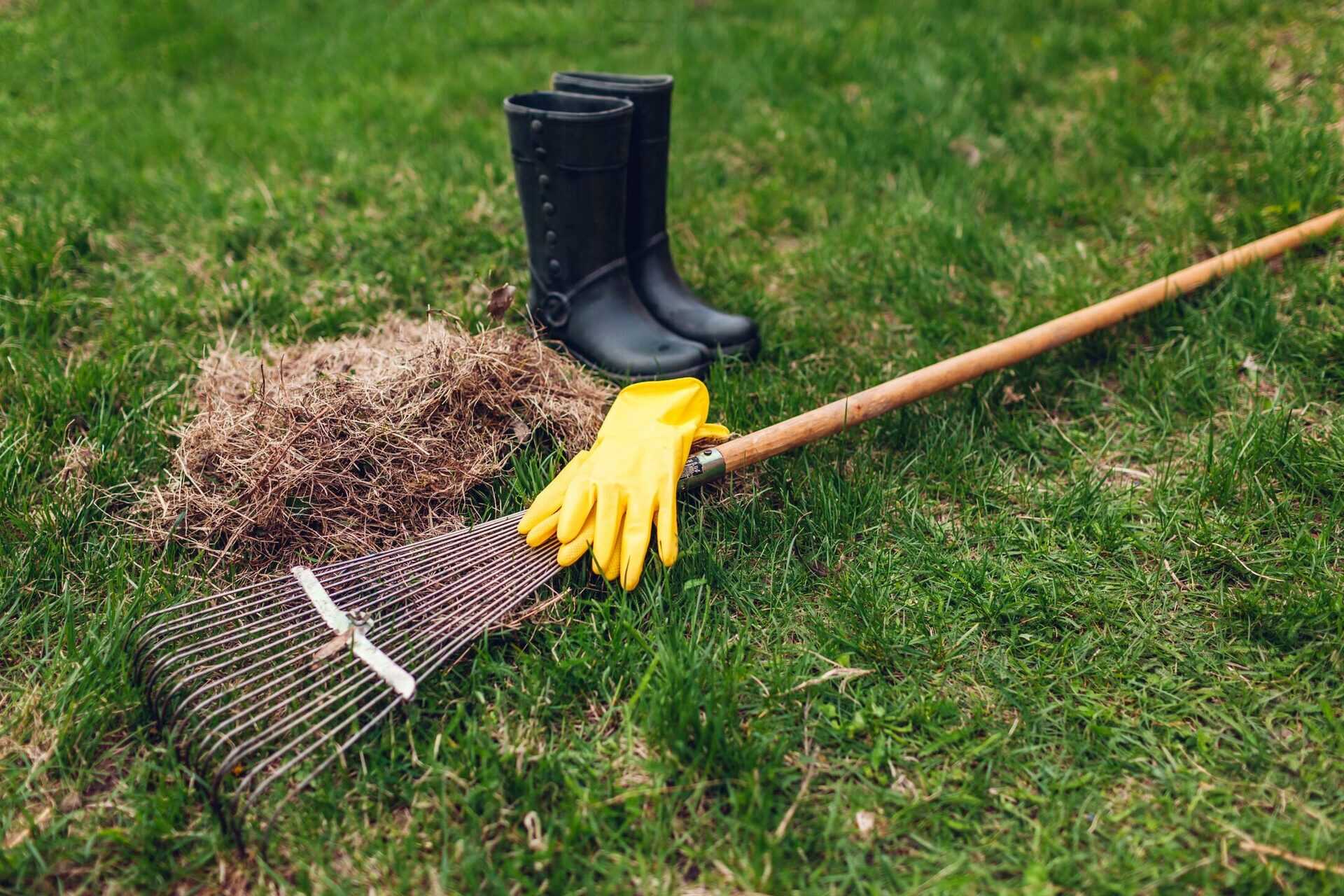

Landscaping Ideas
How To Treat Thatch In Lawns
Modified: October 19, 2024
Learn effective landscaping ideas to treat thatch in lawns and improve the health and appearance of your yard. Discover expert tips for maintaining a lush, green lawn.
(Many of the links in this article redirect to a specific reviewed product. Your purchase of these products through affiliate links helps to generate commission for Storables.com, at no extra cost. Learn more)
Introduction
Understanding the Importance of Thatch in Lawns
When it comes to maintaining a lush, green lawn, tackling thatch is a crucial aspect of lawn care. Understanding the role of thatch and how to manage it effectively can make a significant difference in the health and appearance of your lawn. In this comprehensive guide, we will delve into the intricacies of thatch in lawns, from its definition and identification to its causes and treatment. By the end of this article, you will be equipped with the knowledge and strategies necessary to address thatch build-up and promote a thriving, verdant lawn.
Thatch, a layer of dead grass, roots, and other organic matter that accumulates above the soil and below the green vegetation, plays a vital role in lawn health. While a thin layer of thatch can offer insulation and cushioning, excessive thatch can impede the flow of water, air, and nutrients to the soil, leading to a host of issues such as disease susceptibility, root damage, and poor growth.
As we embark on this journey to demystify thatch in lawns, we will explore the identification of thatch, its causes, preventive measures, and effective treatment methods. By gaining a deeper understanding of these key aspects, you will be empowered to nurture a resilient, vibrant lawn that flourishes throughout the seasons.
Key Takeaways:
- Thatch is a natural layer of dead grass and organic matter in lawns. While a thin layer is beneficial, excessive thatch can block water and nutrients, leading to lawn problems.
- To prevent and treat thatch, homeowners can use methods like proper mowing, aeration, and topdressing with organic matter. These strategies help maintain a healthy, resilient lawn.
Read more: Lawn Care: What Is Thatch
Understanding Thatch
Thatch is a natural occurrence in lawns and is composed of a layer of dead and living organic matter that accumulates between the soil and the green vegetation. This layer typically consists of dead grass, roots, stems, and other organic debris that decompose at a slower rate than they accumulate. While a thin layer of thatch can provide insulation and cushioning, excessive thatch can hinder the health and growth of the lawn.
Thatch is a result of the natural decomposition of organic matter in the lawn, and its presence is not inherently problematic. However, when thatch accumulates beyond a certain thickness, it can create a barrier that impedes the movement of water, air, and nutrients to the soil. This can lead to a range of issues, including increased susceptibility to diseases, reduced tolerance to environmental stress, and diminished root development.
It’s important to note that not all thatch is detrimental to the lawn. A thin layer of thatch, typically less than half an inch, can offer benefits such as moisture retention, temperature regulation, and protection against soil compaction. However, when thatch exceeds this threshold, it can become a hindrance to the overall health and vitality of the lawn.
Understanding the nature of thatch and its impact on the lawn is essential for effective lawn care management. By recognizing the factors that contribute to thatch accumulation and the potential consequences of excessive thatch, homeowners can take proactive measures to maintain a healthy balance and promote optimal lawn conditions.
Identifying Thatch in Lawns
Recognizing the presence of thatch in your lawn is a fundamental aspect of proactive lawn care. While thatch is not always immediately visible, there are several methods to identify its accumulation and assess its impact on the health of the lawn.
One of the most straightforward ways to determine the presence of thatch is by visually inspecting the lawn. If you notice a spongy or springy texture when walking on the grass, it may indicate the presence of excessive thatch. Additionally, areas of the lawn that appear to be struggling to thrive, despite adequate watering and fertilization, could be experiencing the effects of thatch build-up.
Another method for identifying thatch is to conduct a simple visual examination of the soil and grass. Parting the grass and inspecting the layer between the soil and the green vegetation can reveal the presence of a brown, spongy accumulation, indicating the existence of thatch. Furthermore, observing the lawn during periods of heavy rainfall or irrigation can provide insights into the water absorption capacity of the soil, as excessive thatch can impede the penetration of water into the root zone.
For a more precise assessment of thatch thickness, homeowners can utilize a thatch rake or a core aerator to extract soil plugs and examine the layer of organic matter between the soil and the grass. Measuring the depth of the extracted thatch can offer valuable information about the extent of the accumulation and guide subsequent treatment strategies.
By familiarizing yourself with these methods of identifying thatch in lawns, you can take proactive steps to address its presence and mitigate its potential impact on the health and vigor of your lawn. Through regular observation and assessment, homeowners can cultivate a deeper understanding of their lawn’s unique needs and implement targeted solutions to promote optimal growth and resilience.
Causes of Thatch Build-Up
Thatch accumulation in lawns can be attributed to a variety of factors, ranging from cultural practices to environmental conditions. Understanding the underlying causes of thatch build-up is essential for implementing targeted preventive measures and effective treatment strategies.
One of the primary contributors to thatch accumulation is over-fertilization, particularly with high-nitrogen fertilizers. While nitrogen is essential for promoting lush, green growth, excessive application can stimulate rapid shoot growth while impeding the decomposition of organic matter, leading to thatch build-up. Additionally, infrequent or improper mowing practices can contribute to thatch accumulation, as leaving grass clippings on the lawn can add to the organic debris that forms thatch.
Inadequate soil aeration is another common cause of thatch build-up. Compacted soil restricts the movement of air, water, and nutrients, creating an environment conducive to thatch accumulation. Furthermore, excessive irrigation or watering that leads to shallow root development can contribute to the formation of thatch, as the grass may produce more organic matter than the soil ecosystem can decompose effectively.
Environmental factors, such as temperature and humidity, can also influence the rate of thatch accumulation. In regions with prolonged periods of high humidity, the decomposition of organic matter may be slower, leading to increased thatch build-up. Additionally, cool-season grasses are more prone to thatch accumulation than warm-season varieties, as their slower decomposition rate can contribute to the persistence of organic debris.
Understanding the causes of thatch build-up empowers homeowners to adopt proactive measures that mitigate its formation and promote a healthy lawn ecosystem. By addressing the cultural practices, environmental conditions, and maintenance routines that contribute to thatch accumulation, homeowners can create an optimal environment for their lawns to thrive, free from the constraints of excessive thatch.
Aerate your lawn to break up thatch and improve air and water flow to the roots. This will help prevent thatch buildup and promote a healthier lawn.
Preventing Thatch Build-Up
Preventing thatch build-up is a proactive endeavor that involves a combination of thoughtful cultural practices, strategic lawn maintenance, and environmental stewardship. By implementing preventive measures, homeowners can create an environment that fosters healthy decomposition of organic matter and minimizes the accumulation of thatch.
One of the key strategies for preventing thatch build-up is to adopt proper mowing practices. Regular mowing with sharp blades ensures that grass clippings are finely chopped and readily decompose, reducing the contribution of organic debris to thatch. Additionally, leaving grass clippings on the lawn, known as grasscycling, can provide valuable nutrients to the soil and contribute to the natural breakdown of organic matter.
Aerating the soil is essential for preventing thatch build-up, as it promotes the movement of air, water, and nutrients to the root zone while facilitating the decomposition of organic matter. Core aeration, which involves removing small plugs of soil from the lawn, helps alleviate soil compaction and encourages a healthy balance of organic material in the soil.
Applying fertilizers judiciously and in accordance with soil test recommendations can help prevent excessive thatch build-up. By avoiding over-fertilization, particularly with high-nitrogen fertilizers, homeowners can promote balanced growth and minimize the accumulation of organic debris that contributes to thatch.
Proper irrigation practices play a crucial role in preventing thatch build-up. Deep, infrequent watering encourages deep root growth and discourages shallow, thatch-promoting root systems. By promoting deep root development, homeowners can create a resilient lawn ecosystem that is less susceptible to thatch accumulation.
Lastly, promoting a diverse and robust soil ecosystem through the use of organic amendments and compost can enhance microbial activity and accelerate the decomposition of organic matter, reducing the likelihood of thatch build-up.
By integrating these preventive measures into their lawn care routines, homeowners can create an environment that minimizes the accumulation of thatch and promotes the long-term health and vitality of their lawns. Through thoughtful stewardship and proactive practices, it is possible to cultivate a lush, resilient lawn that thrives without the constraints of excessive thatch.
Read more: How To Treat Dog Urine In Lawns
Treating Thatch in Lawns
Addressing thatch build-up in lawns is a multifaceted endeavor that involves targeted strategies to reduce and manage the accumulation of organic matter. When thatch reaches excessive levels, proactive treatment methods can help restore the health and vigor of the lawn, promoting optimal growth and resilience.
One effective method for managing thatch in lawns is core aeration, which involves removing small plugs of soil from the lawn to alleviate compaction and promote the decomposition of organic matter. Core aeration enhances the movement of air, water, and nutrients to the root zone, creating an environment that discourages the persistence of thatch.
Dethatching, or power raking, is another approach to treating excessive thatch in lawns. This method involves using specialized equipment to mechanically remove the layer of thatch from the soil surface, allowing for improved airflow, water penetration, and nutrient uptake. However, it is important to exercise caution when dethatching, as excessive removal of thatch can damage the grassroots and compromise the overall health of the lawn.
Topdressing the lawn with a thin layer of compost or organic matter can aid in the decomposition of thatch while enriching the soil with valuable nutrients. This approach promotes microbial activity and accelerates the breakdown of organic debris, contributing to a healthier, more balanced lawn ecosystem.
Implementing a regular maintenance routine that includes proper mowing, watering, and fertilization practices can also help manage thatch in lawns. By adhering to recommended mowing heights, watering deeply and infrequently, and applying fertilizers judiciously, homeowners can create an environment that minimizes the accumulation of thatch while promoting optimal lawn health.
It is important to note that treating thatch in lawns is not a one-time endeavor but rather an ongoing process that requires consistent attention and care. By integrating these treatment methods into a comprehensive lawn care regimen, homeowners can effectively manage thatch build-up and cultivate a resilient, vibrant lawn that flourishes throughout the seasons.
Conclusion
Thatch management is a vital aspect of maintaining a healthy and vibrant lawn. By gaining a deeper understanding of thatch, from its definition and identification to its causes and treatment, homeowners can take proactive steps to promote optimal lawn health and resilience.
Understanding the role of thatch in lawns is essential for cultivating a balanced and thriving lawn ecosystem. While a thin layer of thatch can offer benefits such as insulation and cushioning, excessive thatch can impede the flow of water, air, and nutrients to the soil, leading to a range of issues such as disease susceptibility and poor growth.
Identifying thatch in lawns requires keen observation and assessment of the lawn’s texture, appearance, and water absorption capacity. By recognizing the signs of excessive thatch, homeowners can take timely action to address its presence and mitigate its potential impact on the health of the lawn.
The causes of thatch build-up, including over-fertilization, inadequate soil aeration, and environmental factors, underscore the importance of adopting preventive measures to minimize its accumulation. By implementing proper mowing, aerating the soil, and practicing judicious fertilization and irrigation, homeowners can create an environment that discourages the persistence of excessive thatch.
When treating thatch in lawns, targeted strategies such as core aeration, dethatching, and topdressing with organic matter can help manage excessive thatch and restore the health of the lawn. Integrating these treatment methods into a comprehensive lawn care regimen enables homeowners to effectively address thatch build-up and promote a resilient, vibrant lawn ecosystem.
In conclusion, by embracing a holistic approach to thatch management, homeowners can nurture a lush, resilient lawn that thrives free from the constraints of excessive thatch. Through attentive stewardship and proactive practices, it is possible to cultivate an environment where the beauty and vitality of the lawn endure throughout the seasons.
Frequently Asked Questions about How To Treat Thatch In Lawns
Was this page helpful?
At Storables.com, we guarantee accurate and reliable information. Our content, validated by Expert Board Contributors, is crafted following stringent Editorial Policies. We're committed to providing you with well-researched, expert-backed insights for all your informational needs.
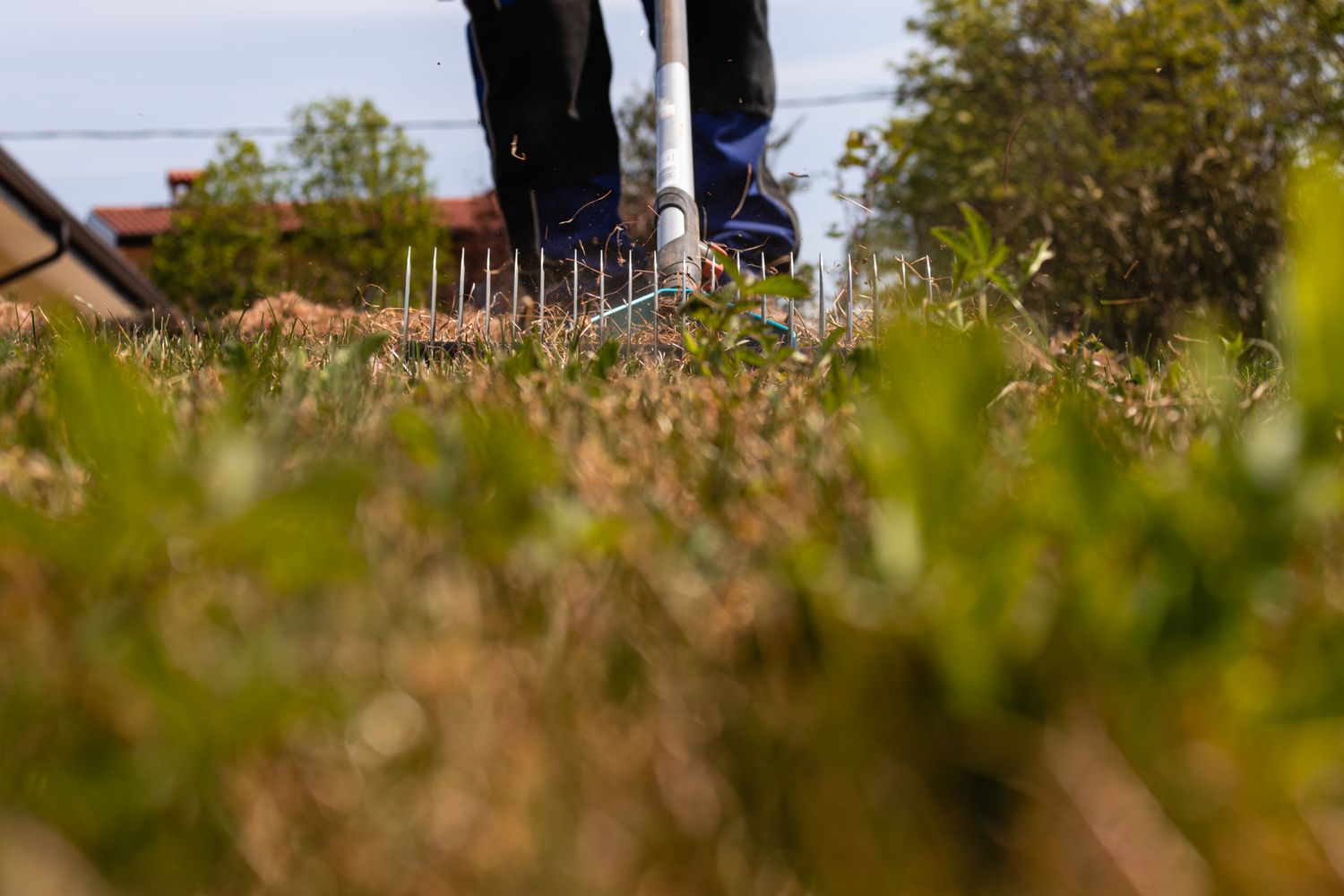
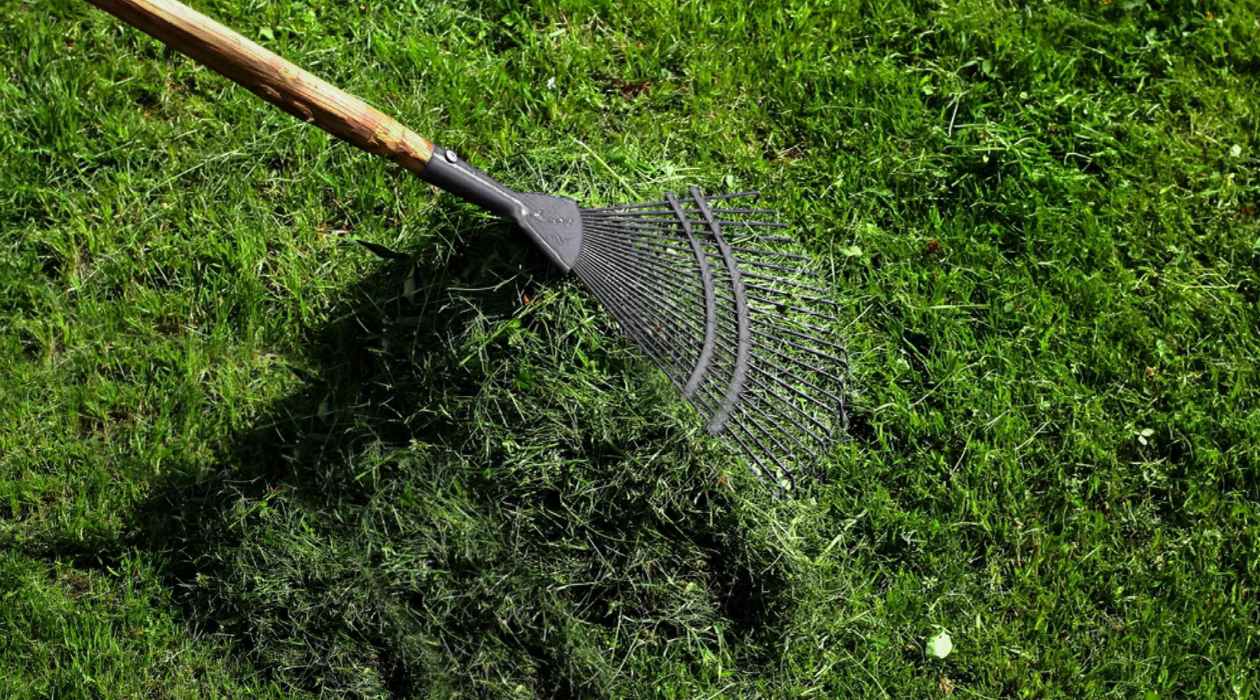
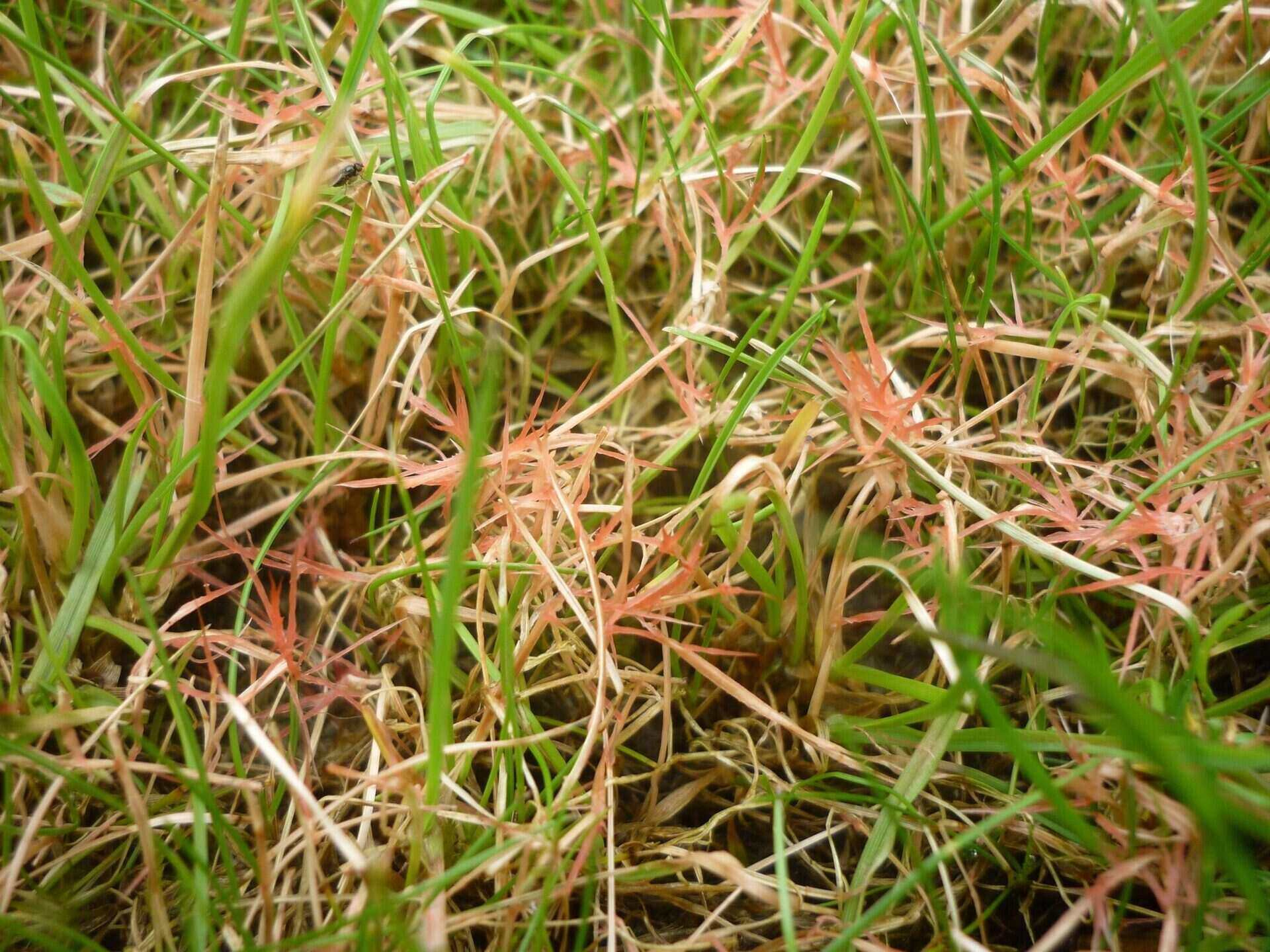
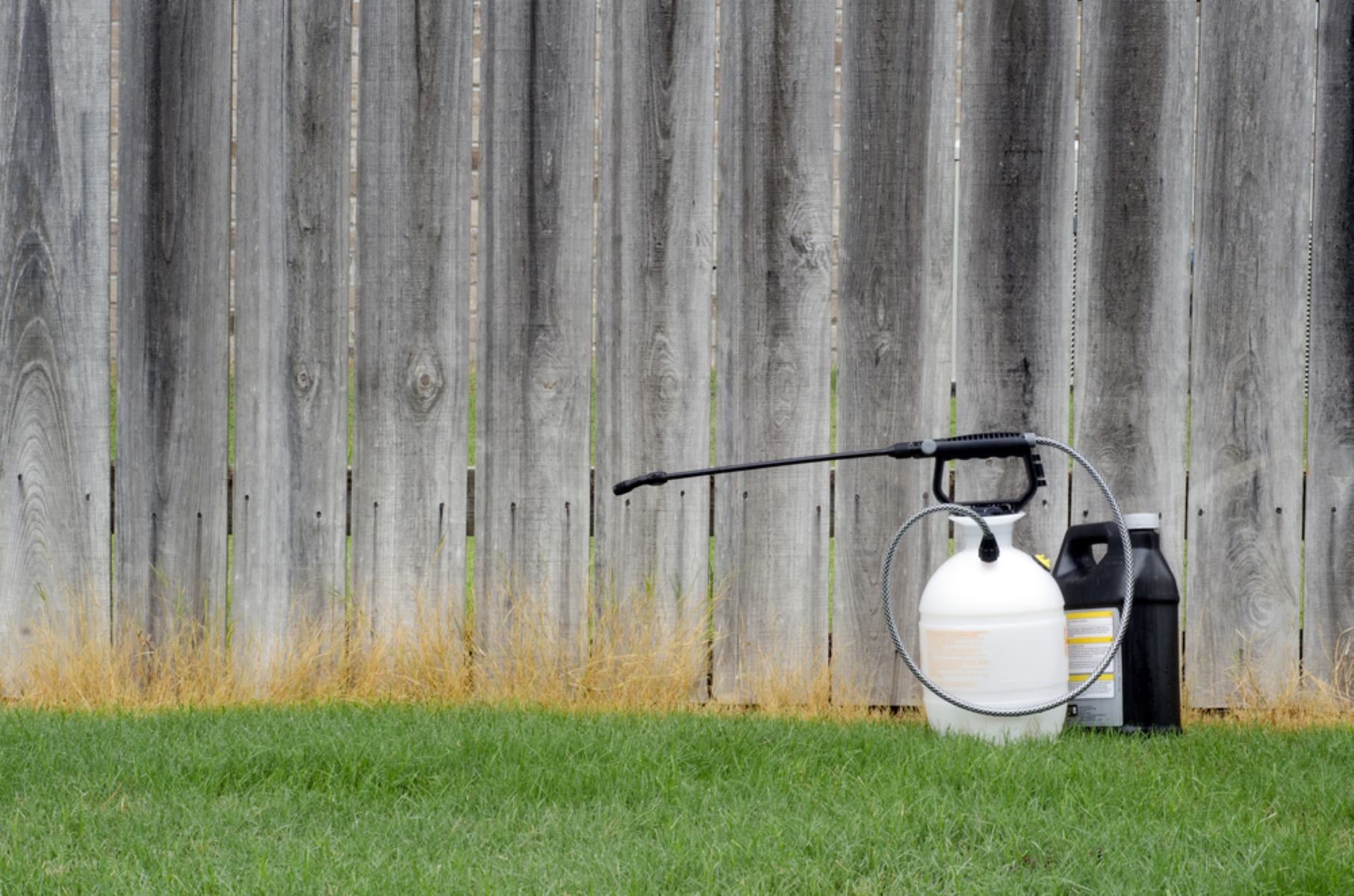
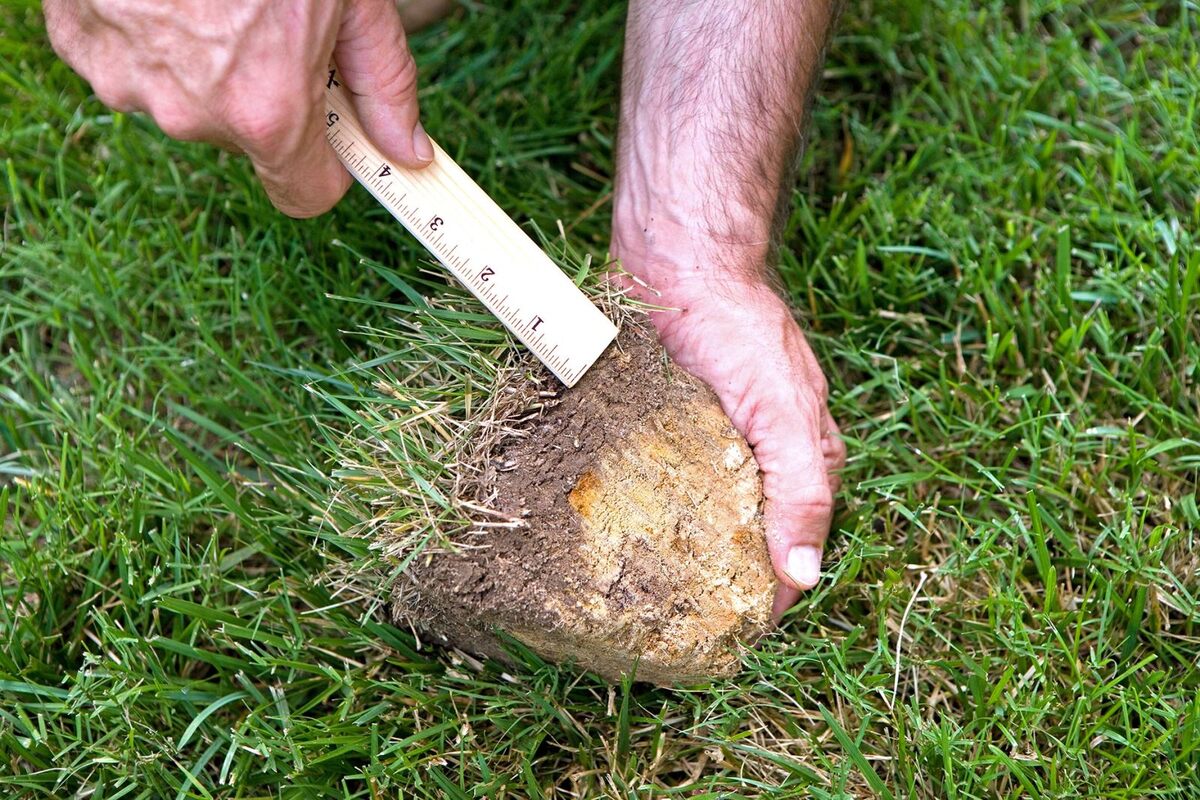
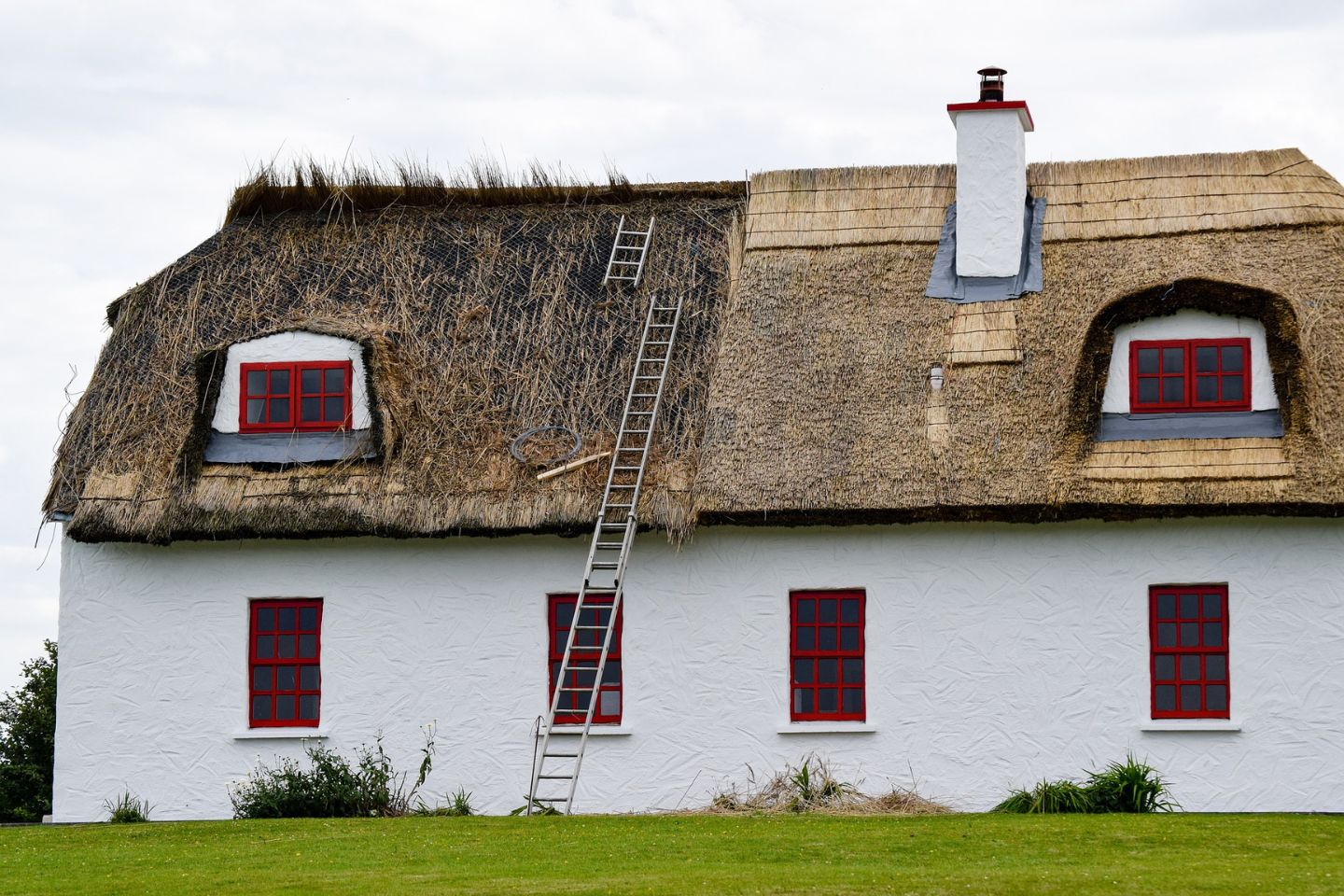
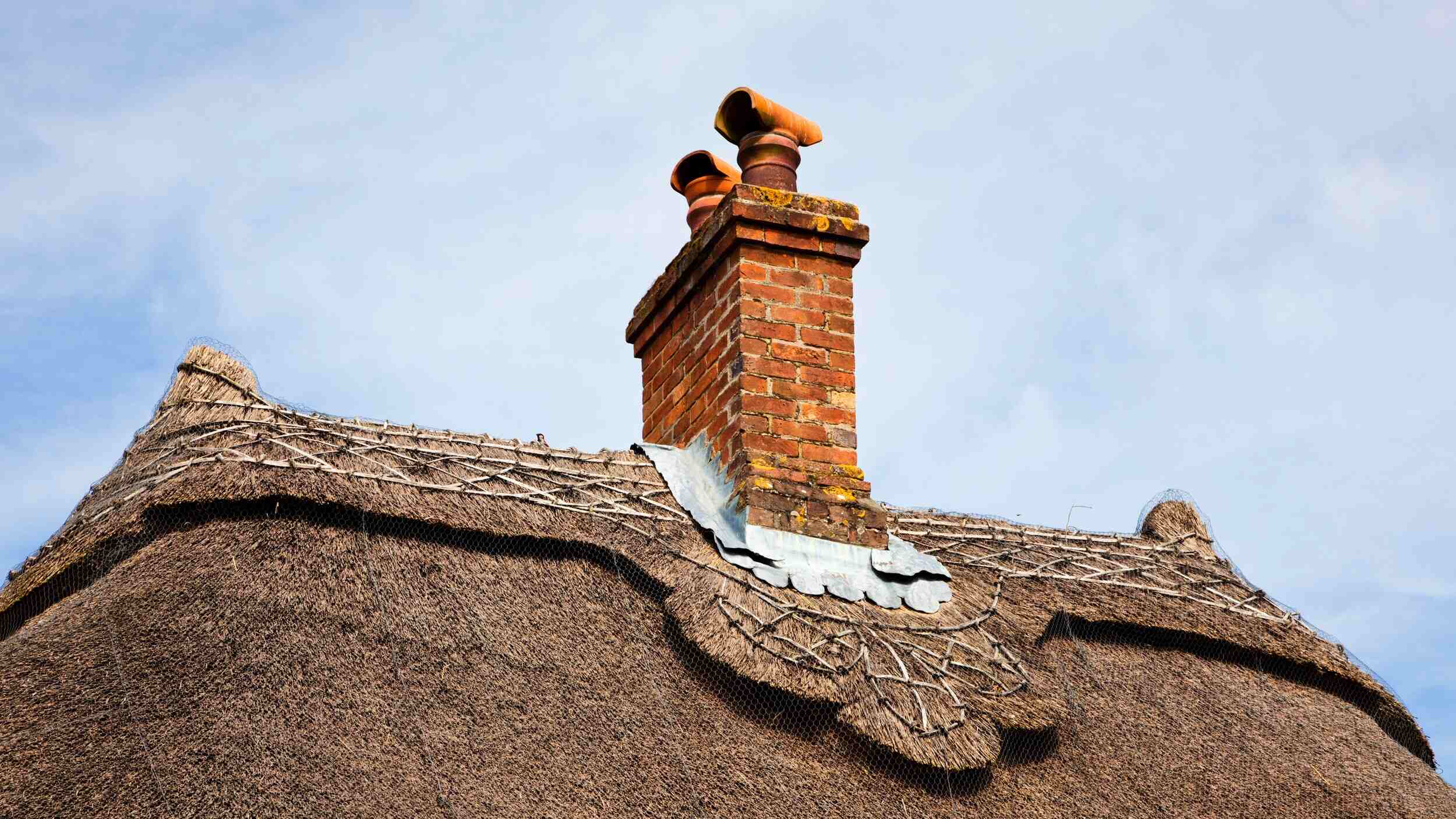
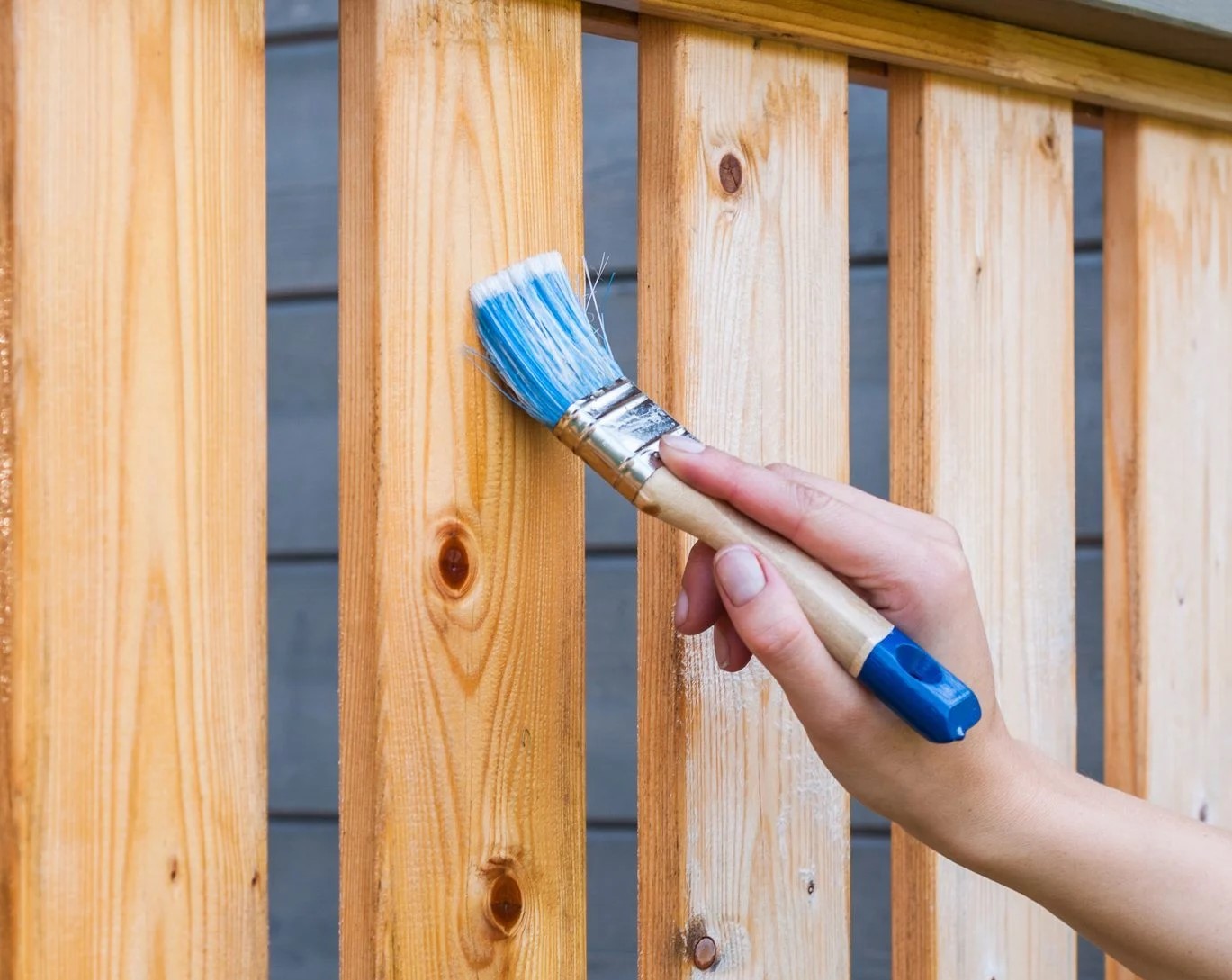
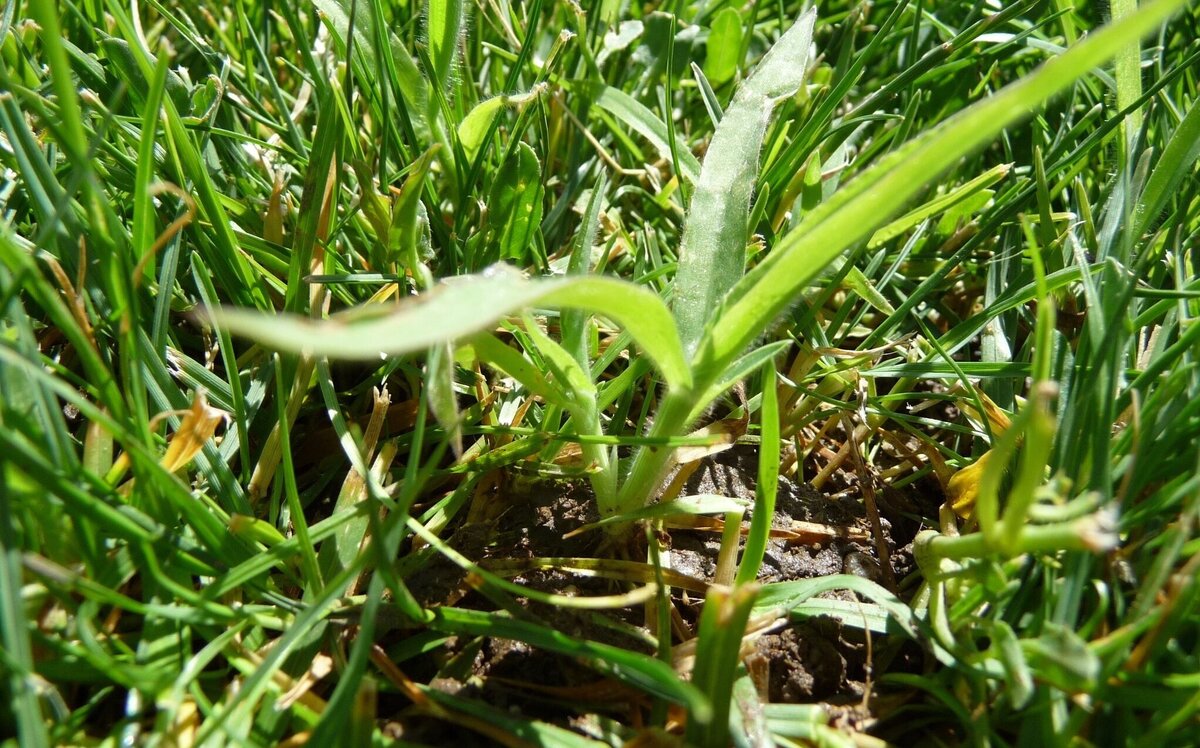



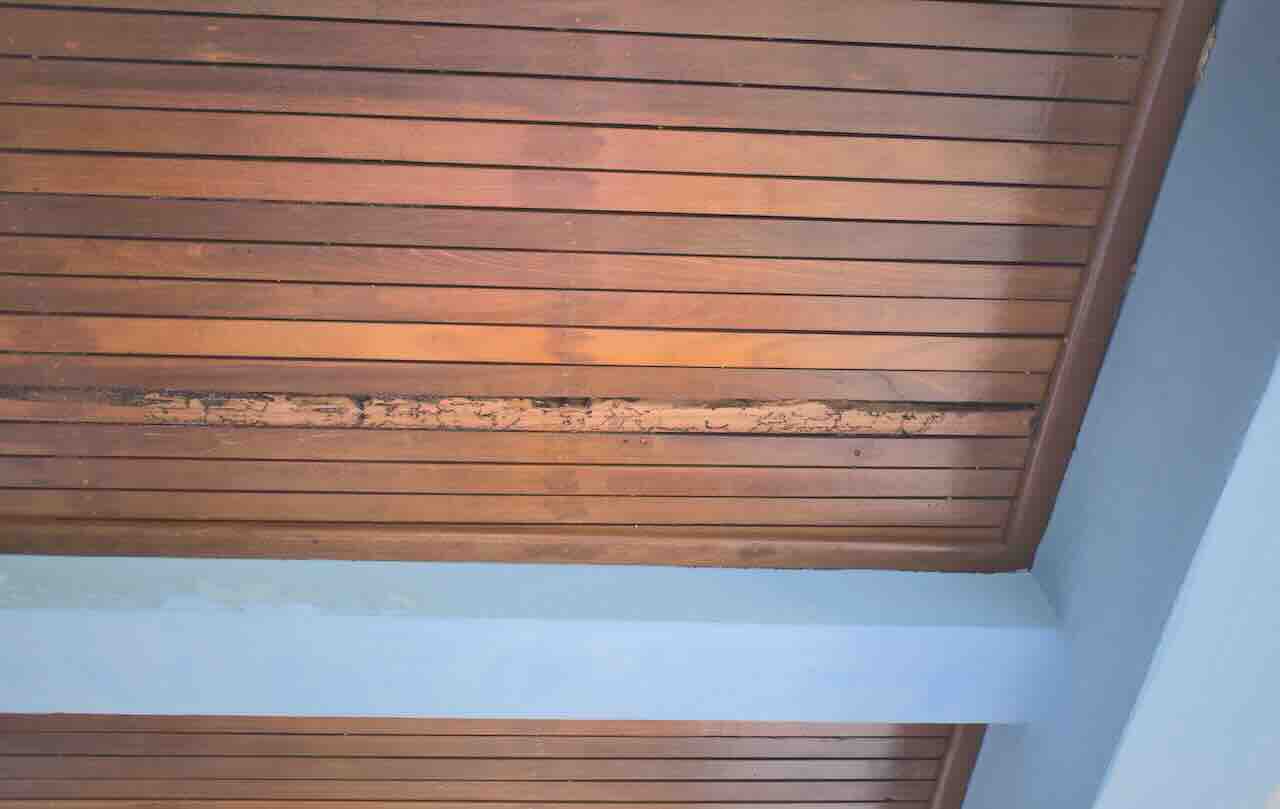
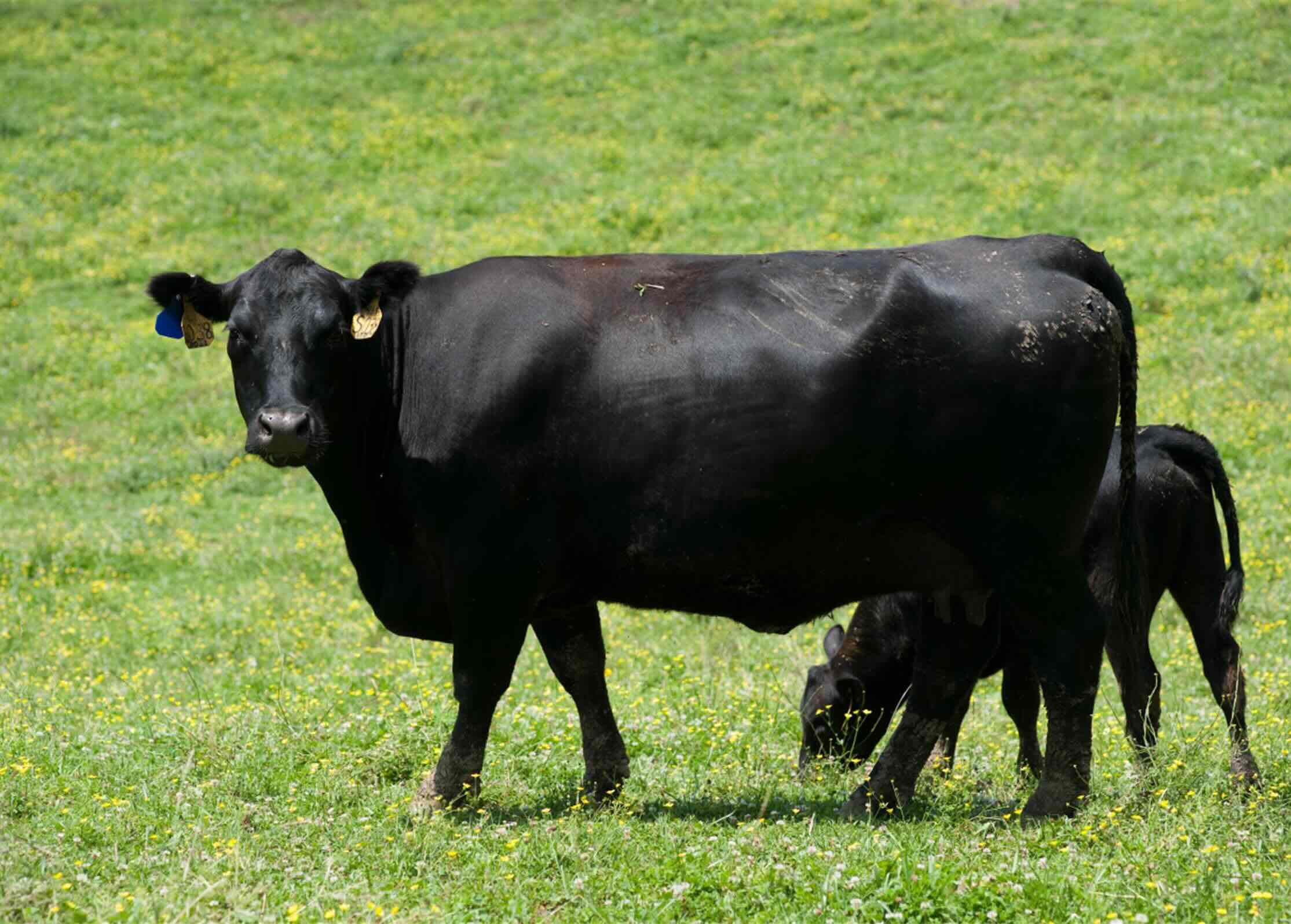

0 thoughts on “How To Treat Thatch In Lawns”